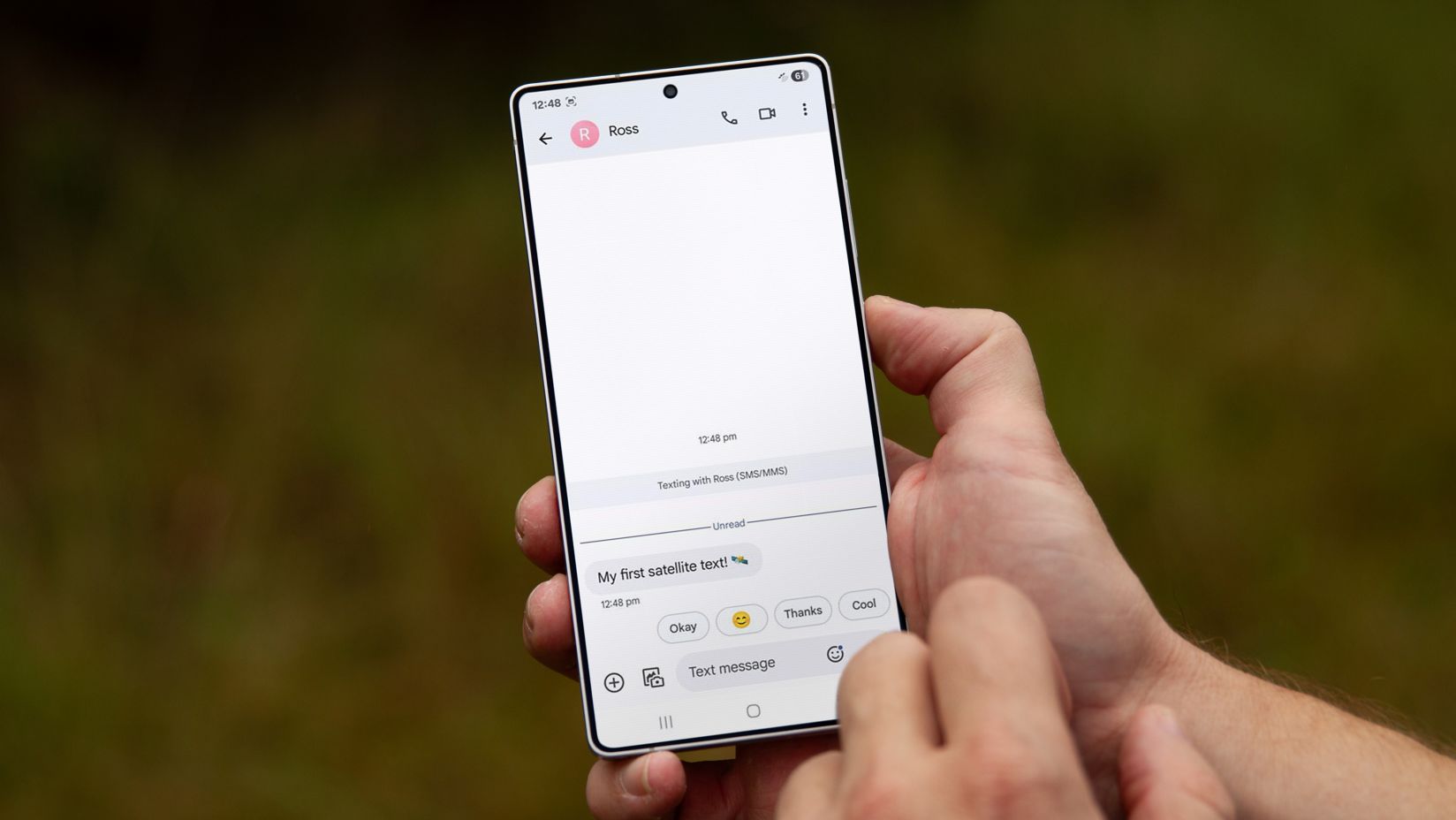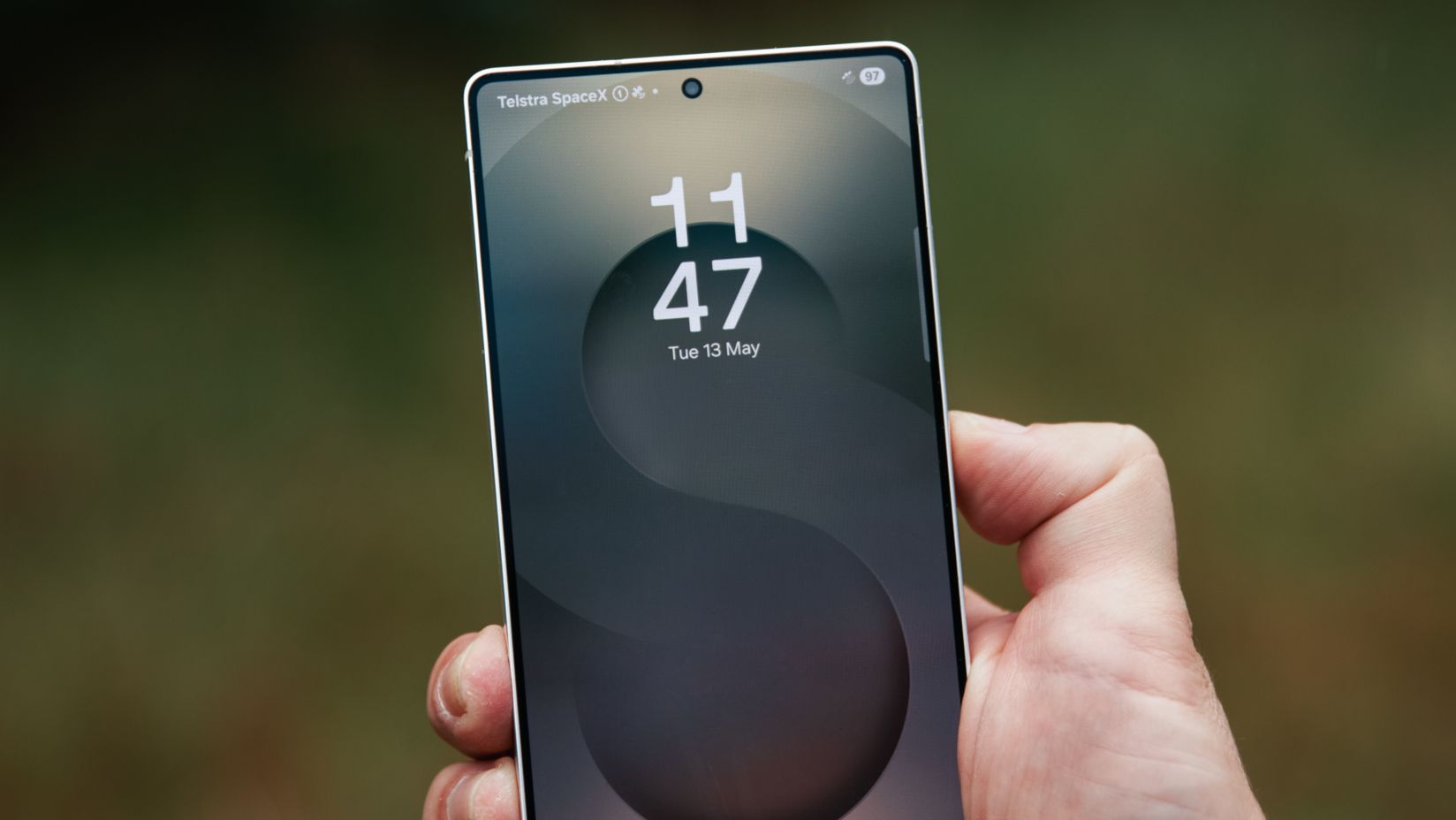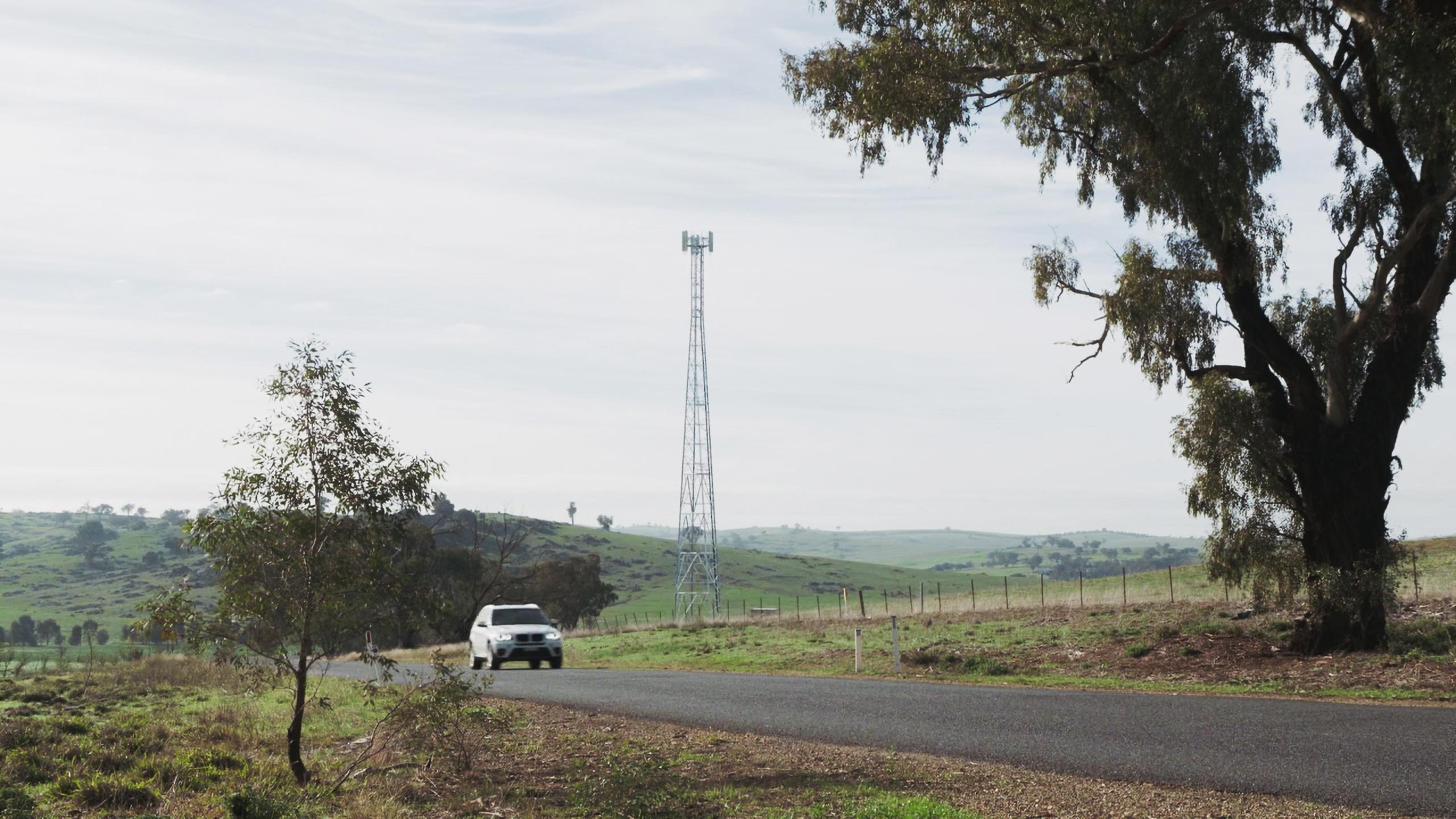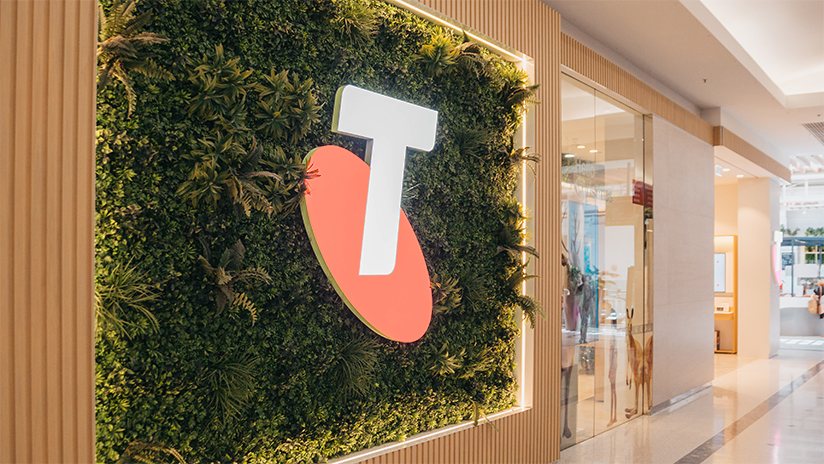We’ve sent 55,000 text messages through our new satellite to mobile service during testing phase
We’ll be launching satellite to mobile messaging capability for our eligible customers in the coming months, enabling basic texting on your phone in some of Australia’s hardest to reach places.
We’ll be launching satellite to mobile messaging capability for our eligible customers in the coming months, enabling basic texting on your phone in some of Australia’s hardest to reach places.
At the start of 2025 we announced a new collaboration to bring text messaging via Starlink Direct to Cell satellites to our mobile customers in Australia. We’ve been testing and refining it for Australian conditions and since the start of April our engineers have sent more than 55,000 text messages using this satellite to mobile capability.
Now we have kicked off a live trial with our Regional Australia team. Over the past week our team has tested satellite to mobile messaging across Australia, in areas outside of Telstra’s mobile network coverage in NT, WA, Qld and NSW.
Of the 500+ messages sent during the live trial, the team has also tested sending GPS co-ordinates and emojis via text message.
These tests help us to assess factors such as the speed in which messages can be sent and received, how easy it is to connect to a satellite connection, and how efficiently devices manage to connect to the satellite network once the mobile network becomes unavailable.
What is satellite to mobile?
Satellite to mobile (STM), sometimes referred to as Direct to Handset (DTH) or Direct to Cell (DTC) technology, offers a future where outdoor connectivity for basic services may be possible from some of the furthest reaches of Australia.
What makes this technology so interesting is that for many people, their existing mobile device could already support it, as it will take advantage of technology already inside a range of the latest smartphones.
The introduction of satellite to mobile messaging is largely thanks to the introduction and growth of Low Earth Orbit (LEO) satellite tech in recent years, which has seen many more satellites placed closer to the Earth’s surface allowing for new types of connectivity with much less latency compared to traditional satellites.
While the possibilities of this technology are exciting, there are still a few important limitations to be aware of.
What can satellite to mobile technology do?
At launch, satellite to mobile messaging services will only support SMS text messaging. This does not include internet messaging apps. Satellite to mobile messaging is an intermittent service and the time it takes to send and receive messages depends on your location, your device and the availability of satellites overhead. Customers will find some messages may be sent or received almost instantly, while others may take longer.
Think of this new technology as a service for situations where you really need to get a message out or be contactable in some way in remote areas where our mobile network doesn’t reach.
Satellite to mobile messaging capability is evolving, and while it’s not there yet, we do see a future when it will support data and making calls.
What will I need to do to use satellite to mobile technology?
 We've been testing on Samsung's Galaxy S25 Ultra.
We've been testing on Samsung's Galaxy S25 Ultra.
When satellite to mobile launches those with a supported device, up-to date software and eligible plan won’t need to do anything or activate any settings to access the satellite to mobile service.
When you're out of mobile network range, your compatible phone will automatically seek a satellite connection if you're outdoors with a clear view of the sky. Satellite to mobile messaging will be available on mainland Australia and Tasmania, excluding the Australian Radio Quiet Zone in Western Australia. Once connected to a Starlink Direct to Cell satellite, the phone will display "Telstra SpaceX" on the network banner. If you’re in a building, or even under the verandah, you likely won’t be able to connect to the satellites required.
Once you’re connected, all you need to do is compose and send an SMS text message as you normally would and keep the phone in the sky’s line of sight until it finishes sending, which could take a few minutes or longer to send or receive, depending on location, device and availability of satellite.
To receive messages, make sure your phone continues to stay outside with a clear line of sight to the sky.
Who will benefit most from satellite to mobile technology?
Satellite to mobile messaging is most relevant to people in regional and remote areas of the country that are outside Telstra’s mobile coverage footprint.
This is currently really a “just-in-case" connectivity layer that allows a person to make contact and let someone know they are ok when they are stuck outside Telstra’s mobile coverage footprint with a flat tyre or running a bit late from a hike.
It is, however, not designed to be an emergency service as you cannot text Australian emergency responders directly and calls are not yet available using our satellite to mobile messaging service. It is always recommended that anyone planning on visiting remote regions should plan ahead and take extra precautions in the case of an emergency.
What is the difference between satellite to mobile and our traditional mobile network?
There are considerable differences between the experience on satellite to mobile versus our mobile network.
Firstly, there is a large difference in overall network capacity. Consider that Telstra has over 11,000 mobile base stations located across the Australian land mass. Network capacity is particularly important for activities like video streaming and video calling.
Secondly, satellite to mobile is an intermittent service, meaning there will be short periods where service won’t be available because of how satellite constellations operate. As the technology develops we anticipate satellite to mobile will provide a more consistent messaging experience, and in the future activities like voice calling and low speed data will become available.
The availability of satellite to mobile technology does not change our commitment to continue enhancing our mobile network to meet the growing demands and increasing data usage of our customers, which includes our continued roll out of 5G.
In fact, over the past seven years to the end of FY24 we have invested $11.8bn into our mobile network across the country. We have a continued focus on network resilience across all our technologies, architecture and network operations to make the network as reliable as possible. This includes making equipment more resilient in disaster-prone areas and increasing redundancy through adding diversified backhaul pathways including using satellite backhaul solutions.
We will continue this investment to improve our mobile network, while exploring how satellite technology can play a role in remote areas of the country not covered by land-based coverage.
More details on satellite to mobile and customer eligibility will be available on our website at www.telstra.com.au when the product launches.


